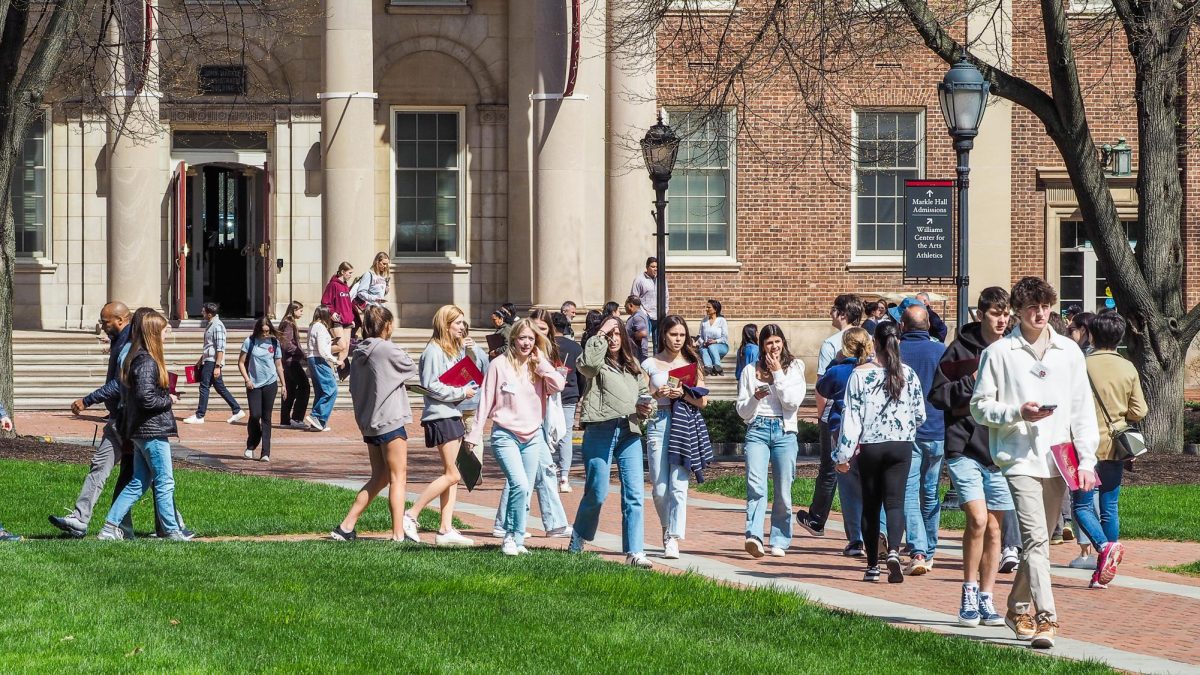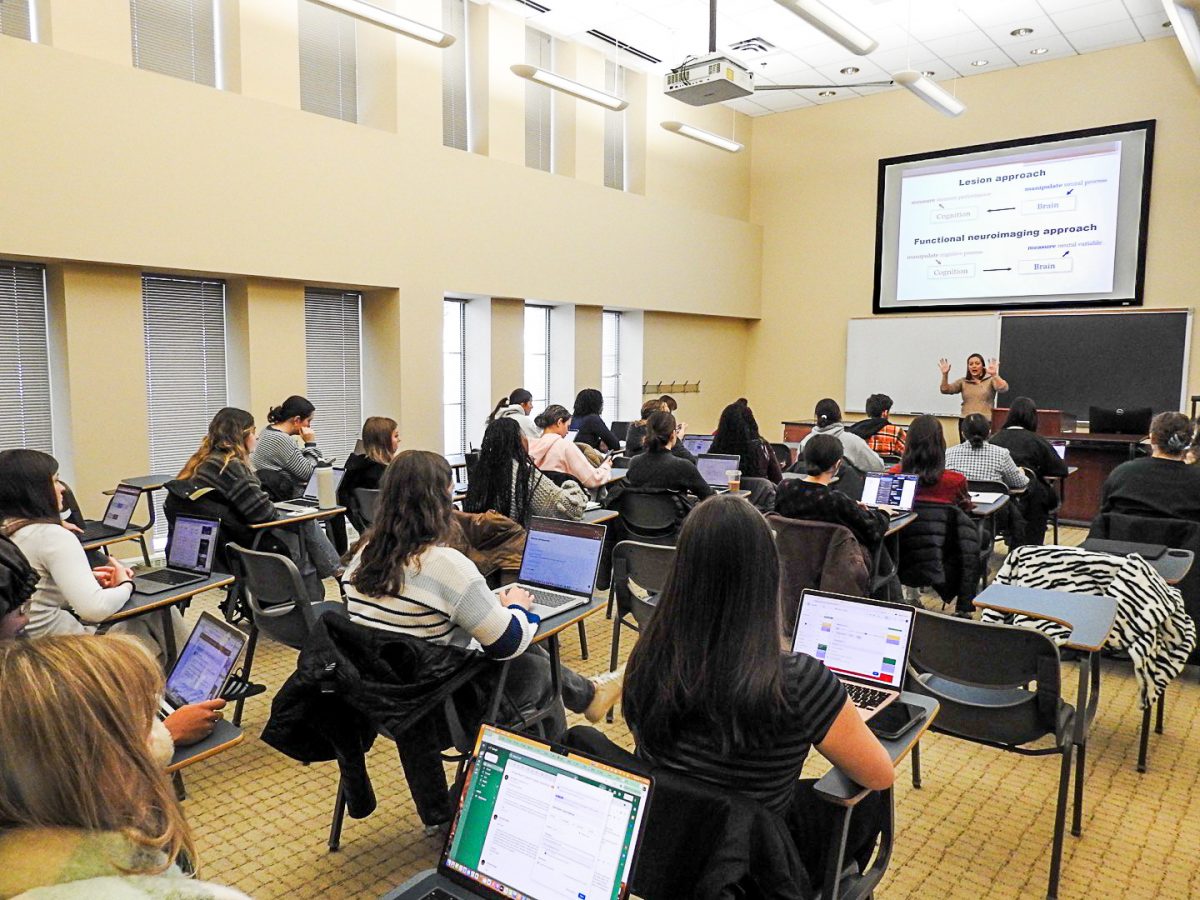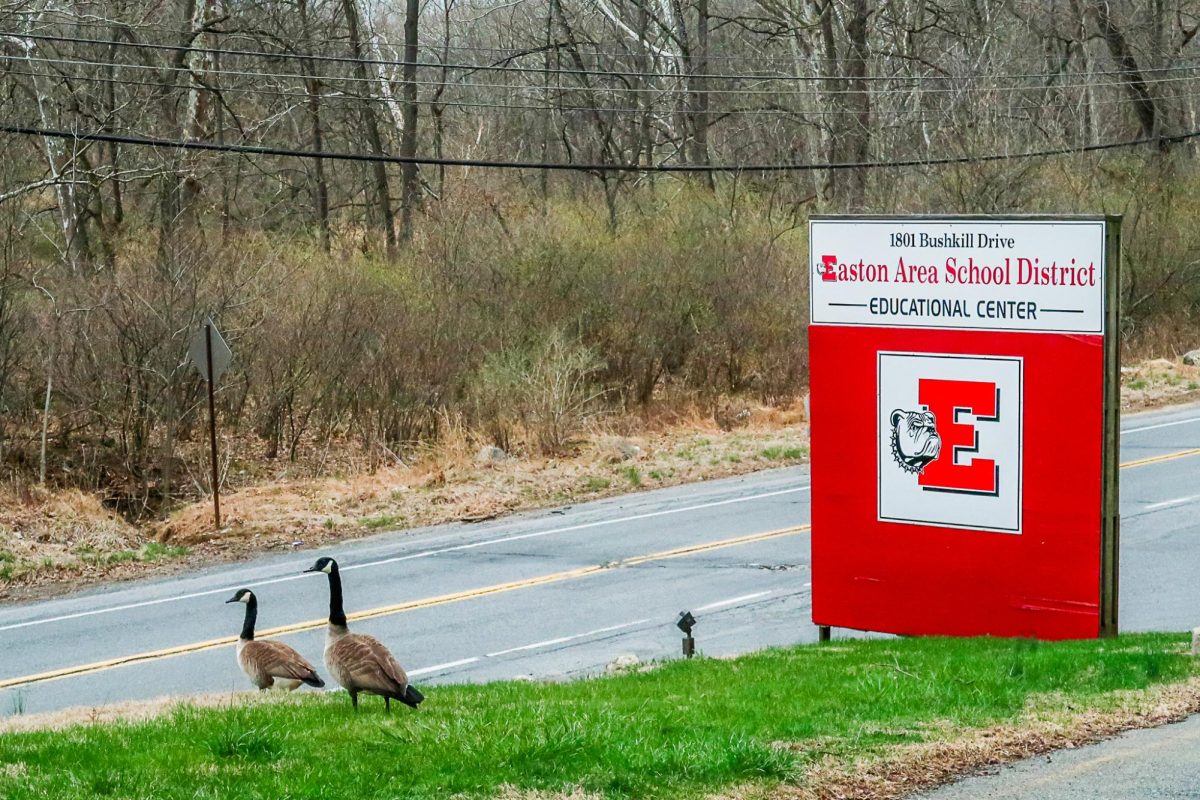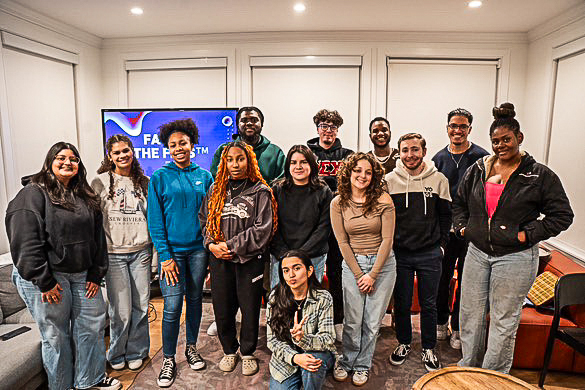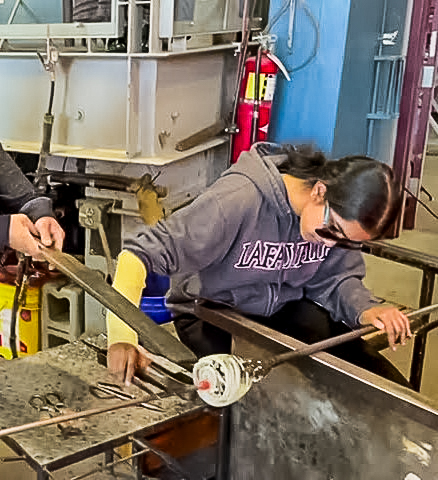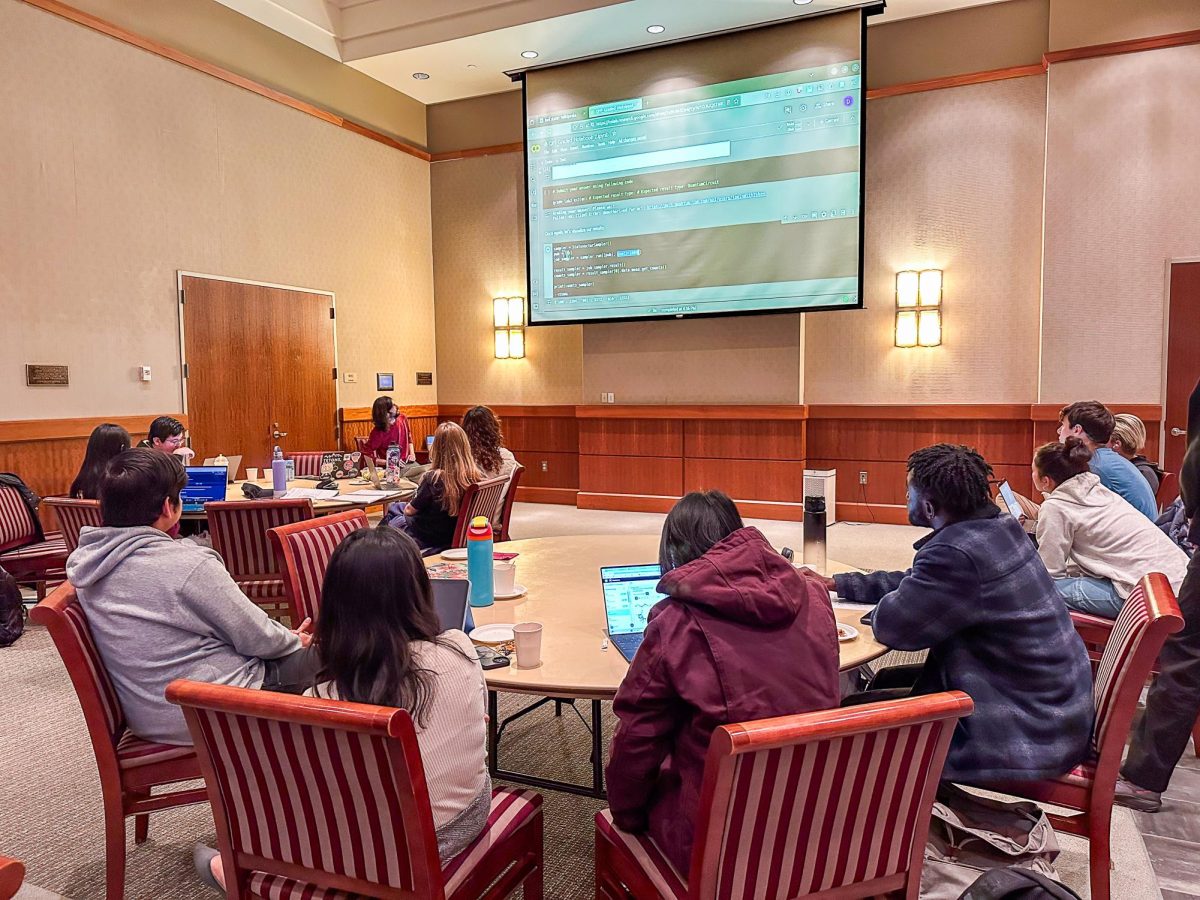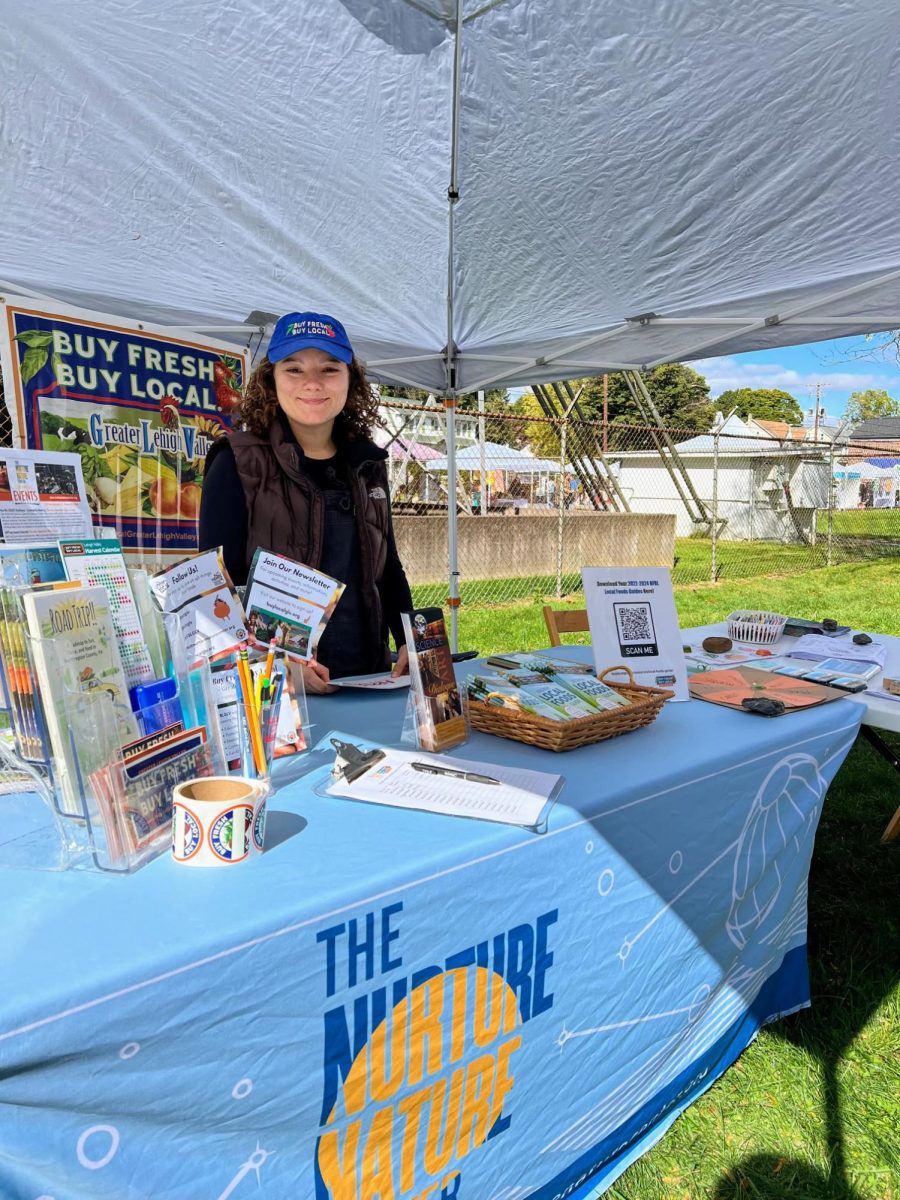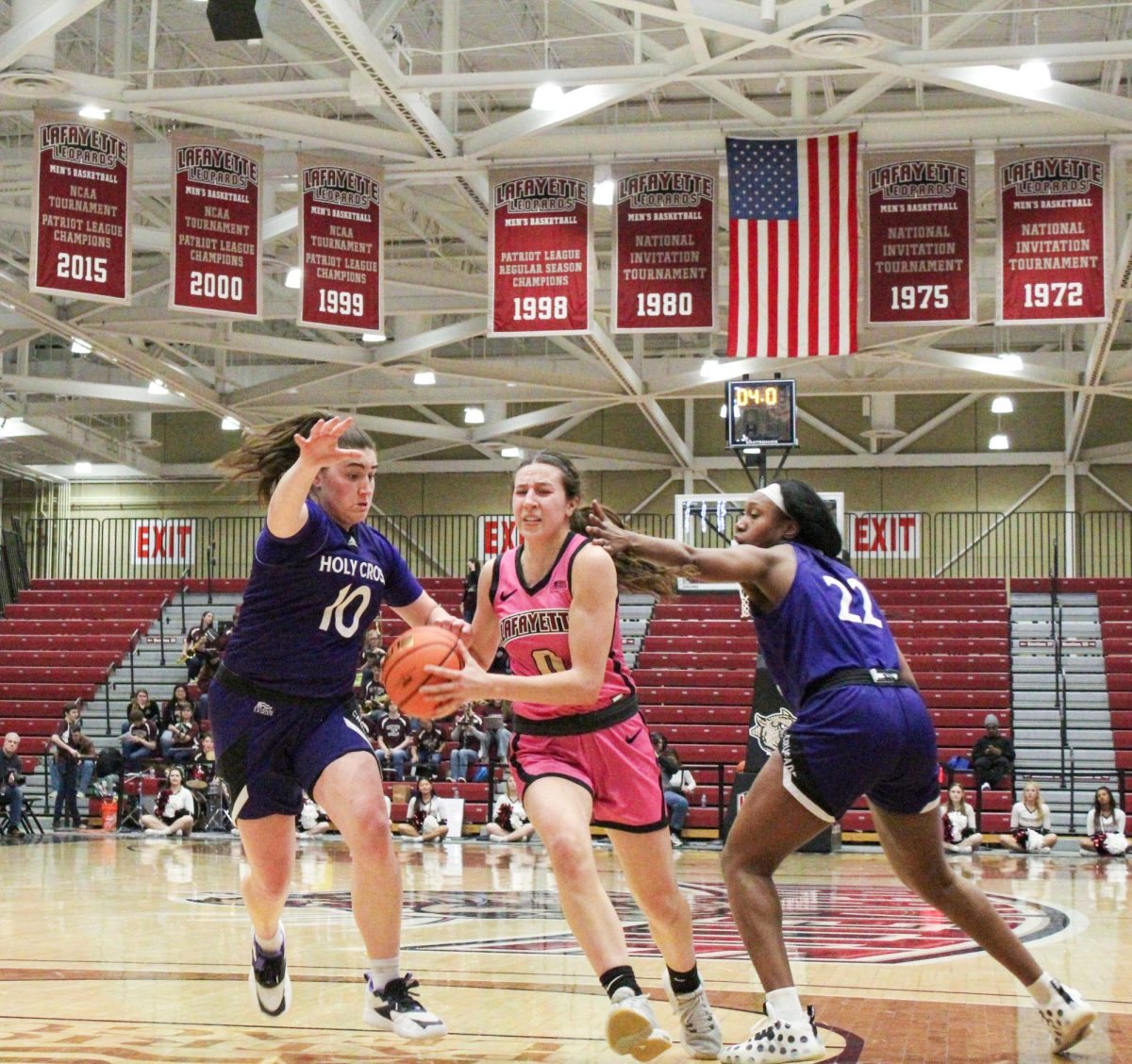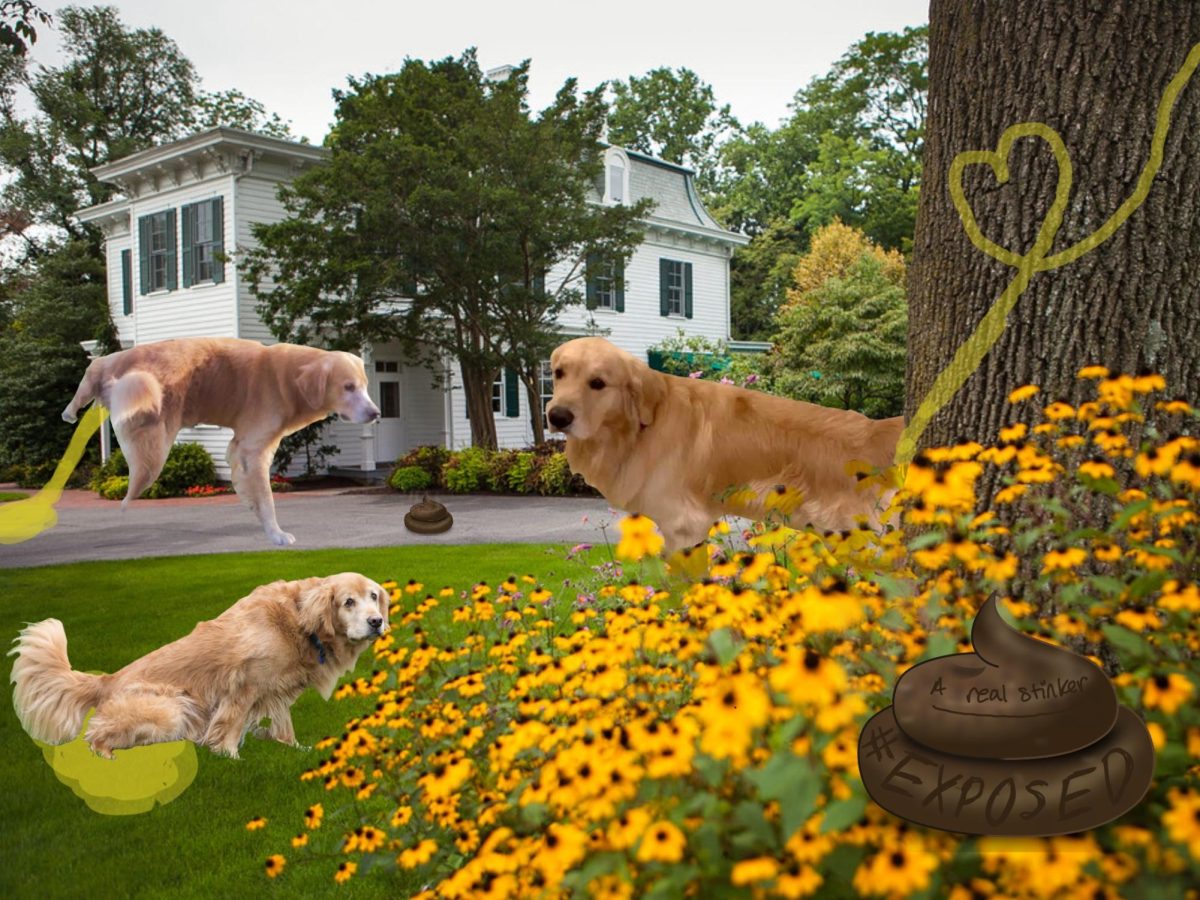This cold and flu season, a different type of influenza has impacted grocery store poultry sales and national headlines: avian influenza, or bird flu.
“Right now, there’s really not much to worry about,” said Bob Kurt, a biology professor who studies immunology.
Avian influenza is considered a low public health risk within the U.S. and most commonly infects poultry and dairy farmers.
“I do not feel students should be worried as bird flu rarely affects humans,” Jodi Schluter, the director of health services, wrote in an email. “Best advice for prevention of avian influenza is to avoid contact with wild birds and cook poultry thoroughly before eating.”
“Just wash your hands,” advised Mike Butler, the biology department head who researches wild birds. He said that he is not concerned about himself or his birds contracting bird flu.
Egg prices are still expected to stay high — a wholesale dozen nears $8 according to a Feb. 14 report from the United States Department of Agriculture — as bird flu decimates poultry flocks nationwide. Over 23 million poultry birds have been affected in just the last 30 days, according to the USDA.
In Northampton County, between 2022 and 2024, five wild birds and one poultry flock of less than 100 birds contracted bird flu with no human cases. The state’s first 2025 case was recorded in Lehigh County at a 50,000-chicken flock farm in late January.
Governor Josh Shapiro signed a bill on Feb. 6 to aid in the control of the spread of bird flu. The bill, which allows all residents — including non-citizens — to receive certification as a poultry technician, is intended to increase the number of farm workers who can test for bird flu.
California, the agricultural powerhouse of the U.S., has the most reported cases in birds, wild and livestock, cattle and humans.
Bird flu is a Type A influenza virus found naturally in wild migratory birds and is transmitted through feces and respiratory mucus. The virus can spread to poultry and mammals — often cattle — but also humans, cats and even marine mammals like dolphins.
Butler said that some wild birds often steal poultry feed and defecate where they are eating, which could cause the spread of the virus from wild birds to livestock.
There are two types of bird flu, divided based on their pathogenicity, or the capability of a virus to cause disease. LPAI, low pathogenicity avian influenza, can spread and mutate into the more symptomatic, aggressive HPAI, high pathogenicity avian influenza.
“Just because it’s jumped into humans doesn’t make it more pathogenic,” Kurt said about the virus. He added that without a base-level immunity to a virus — when a species has already been exposed to it — the virus can cause more illness due to a lack of existing protection.
According to Schluter, there are many overlapping symptoms between avian influenza and human influenza Type A or B, but bird flu often causes eye infections, a rare symptom in other types.
Avian influenza can be economically devastating to farmers, as it is policy to cull all poultry — infected or not — to contain the virus’ spread if just one specimen is infected. Vaccinations of livestock can provide resistance but cannot guarantee eradication.
Amid the national egg shortage, 100,000 eggs were stolen — yes, all in one go — this month from a distribution trailer in Greencastle, Pennsylvania, about a two-hour drive west of Lafayette College.


